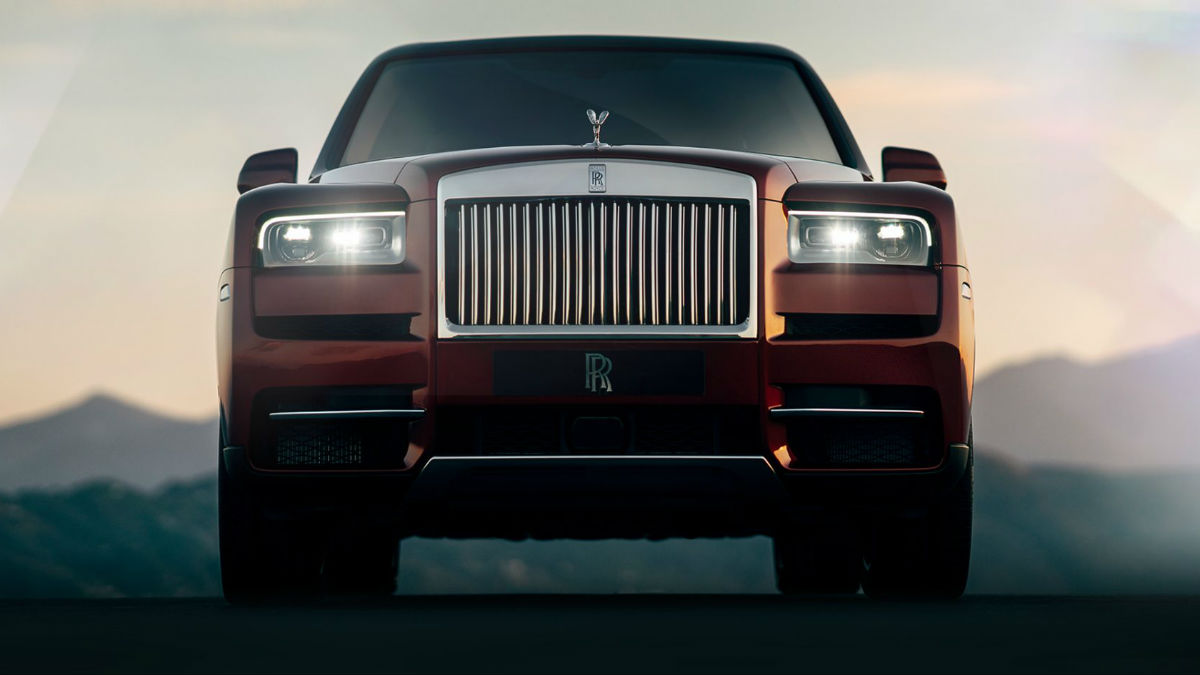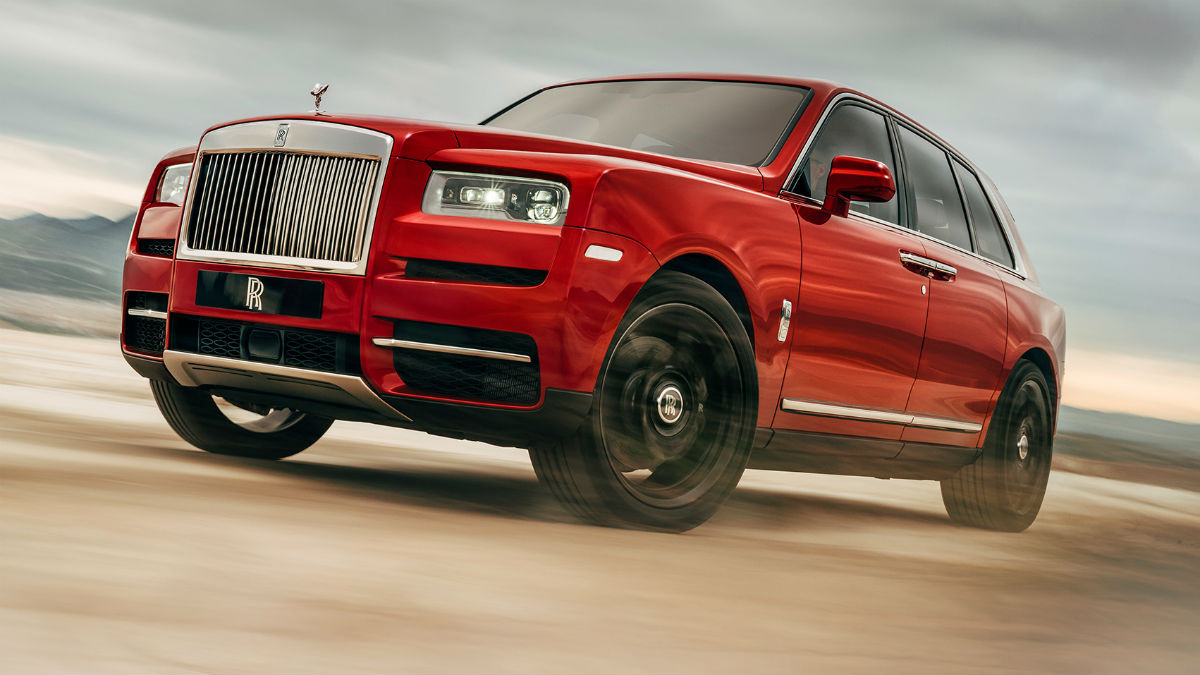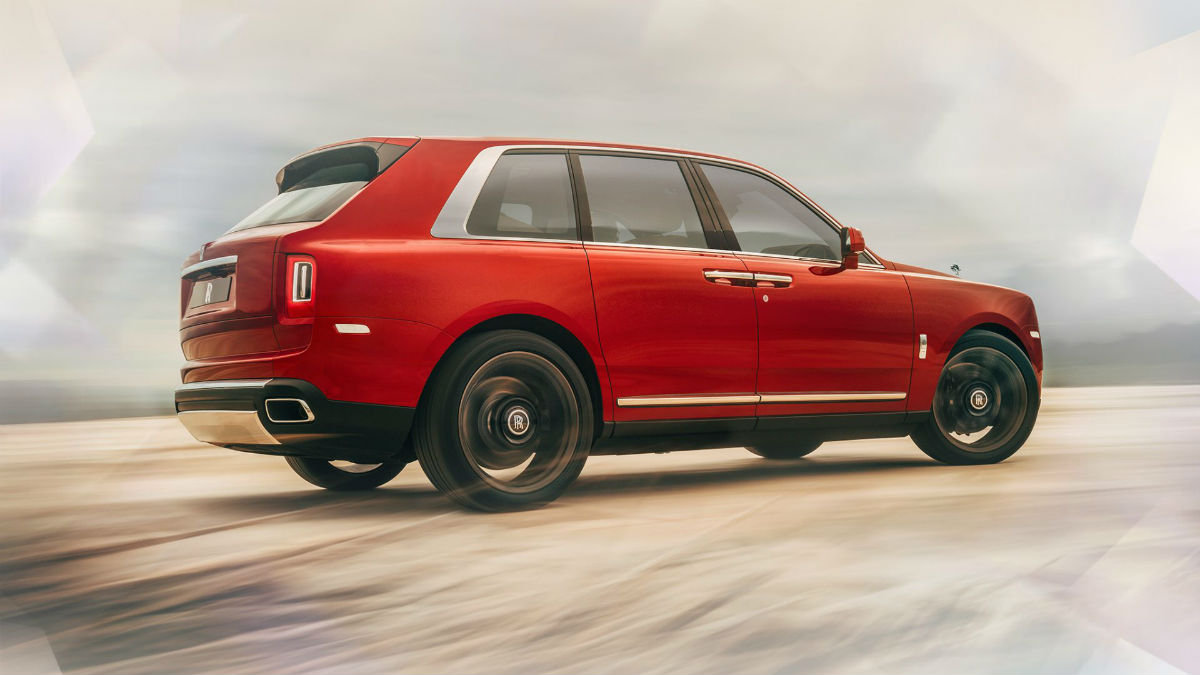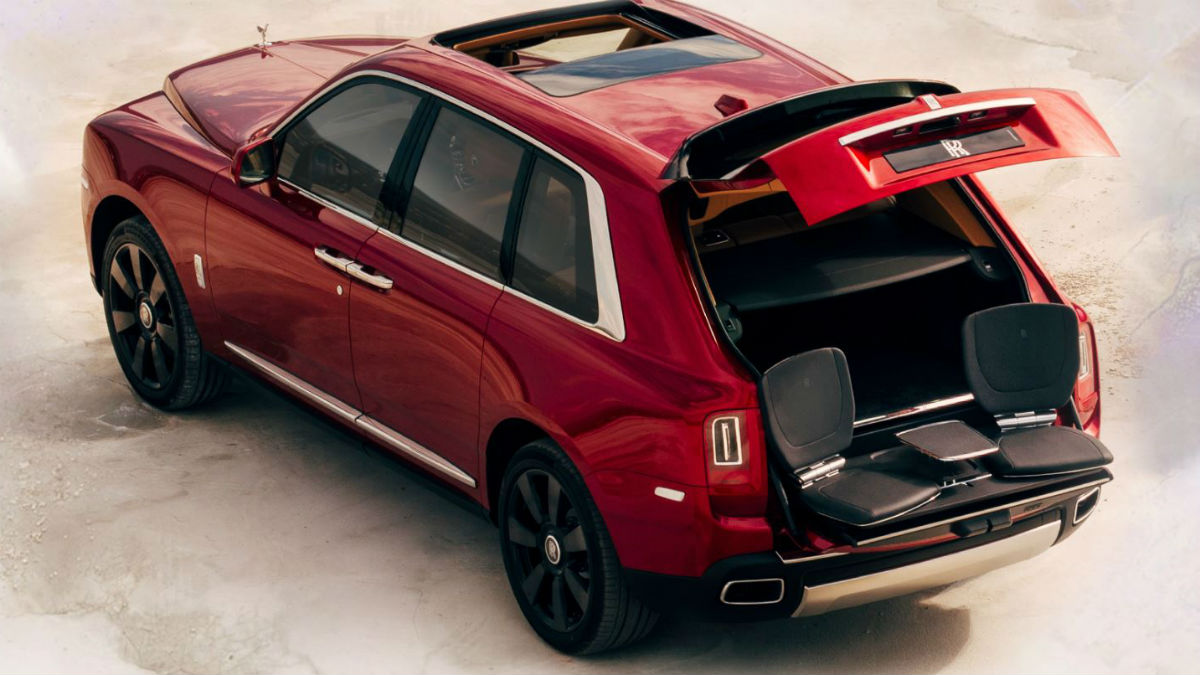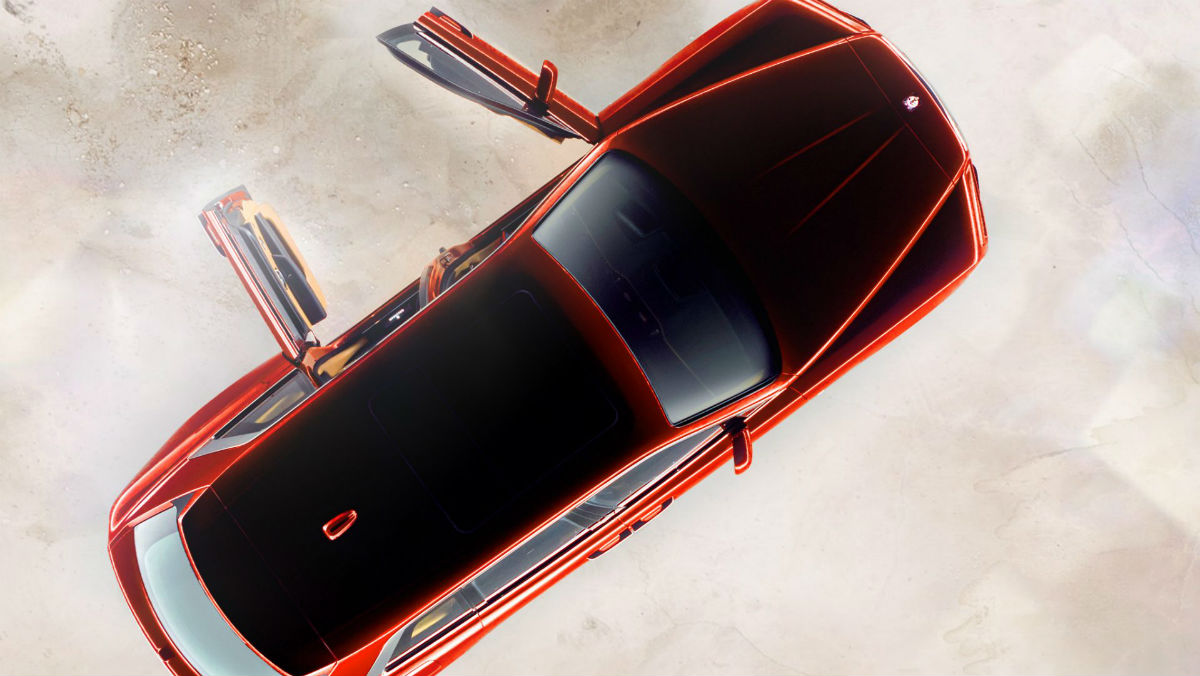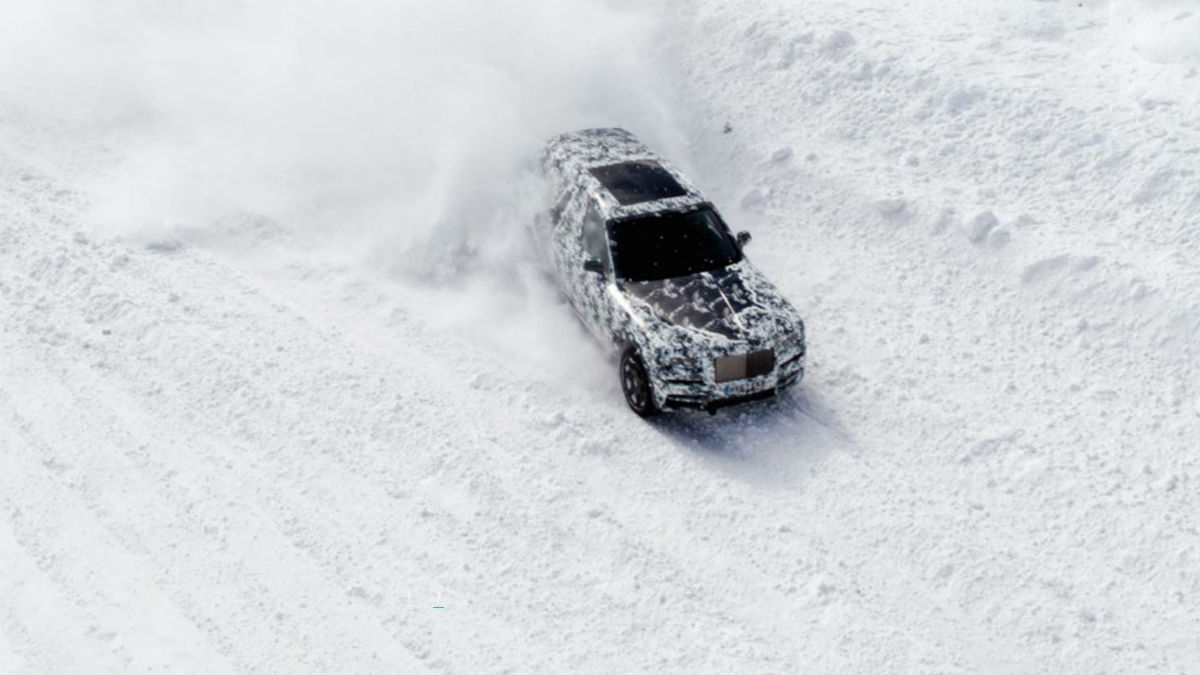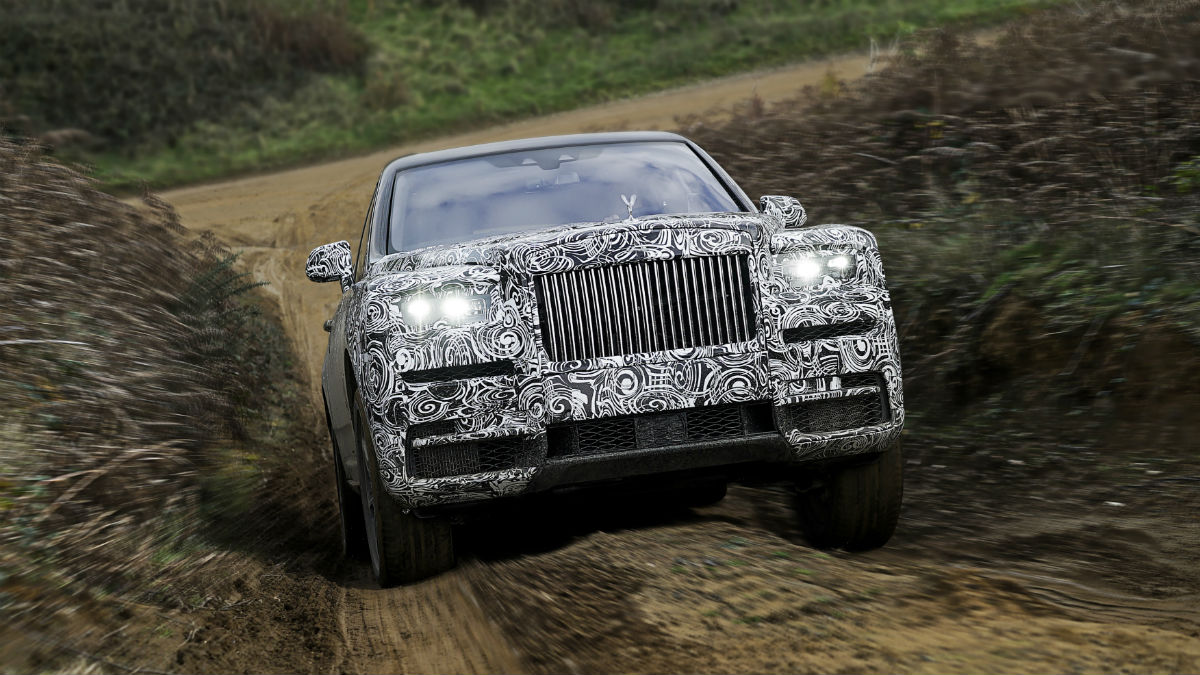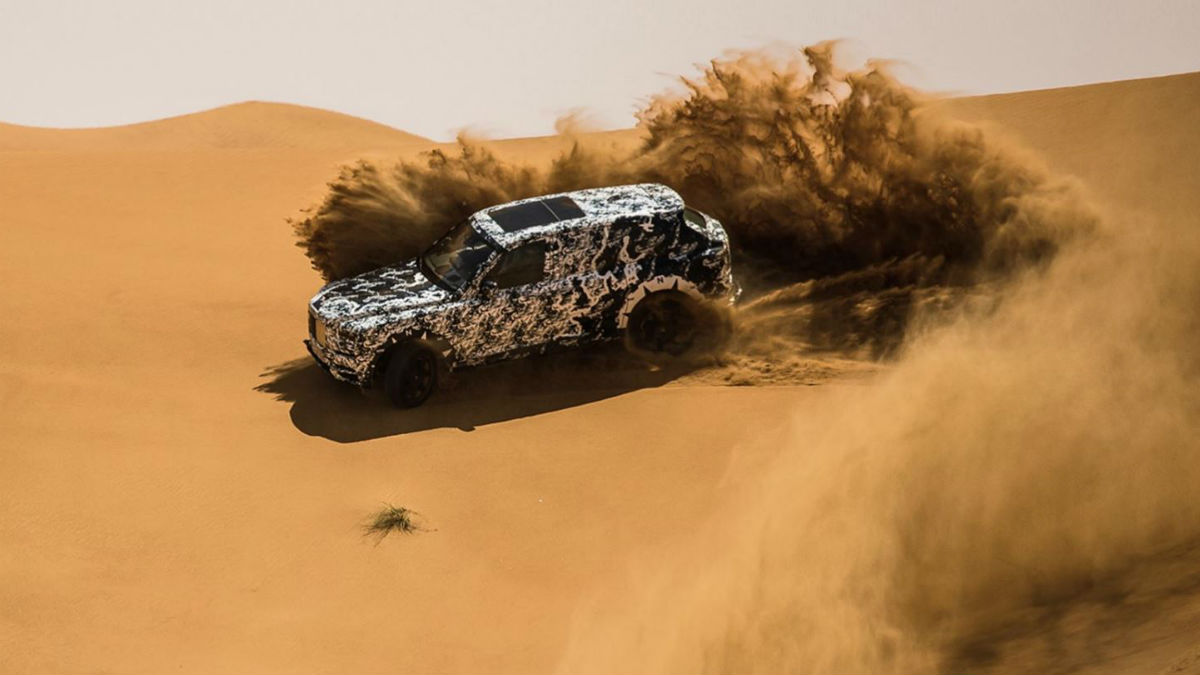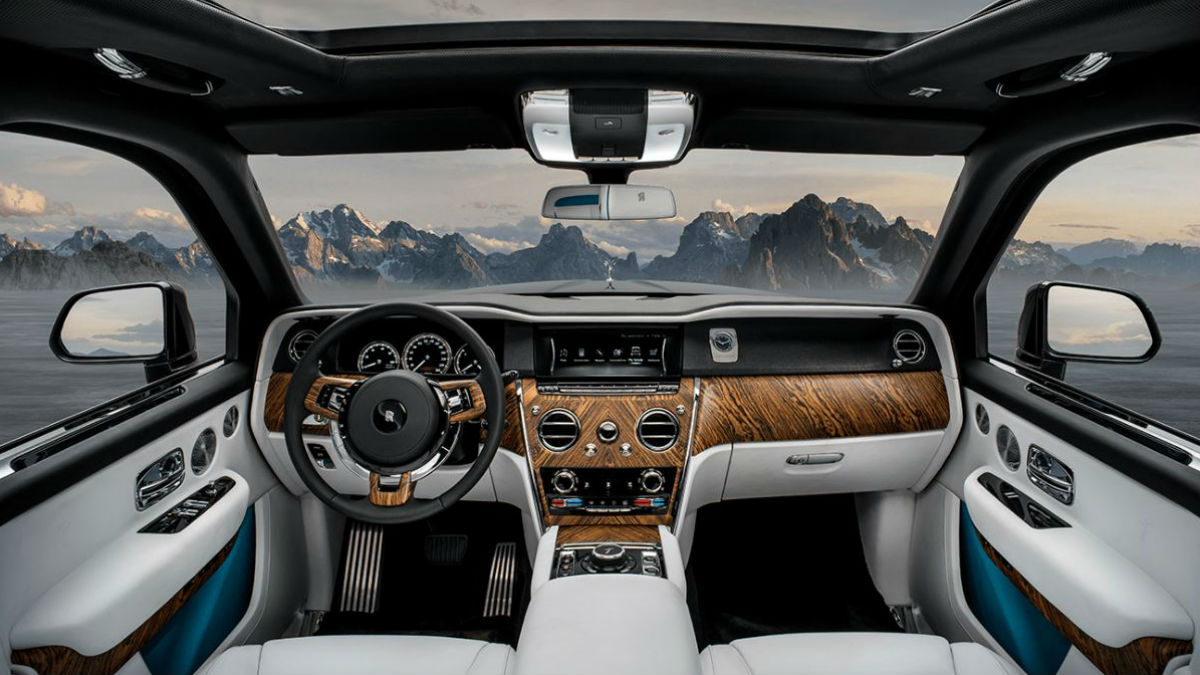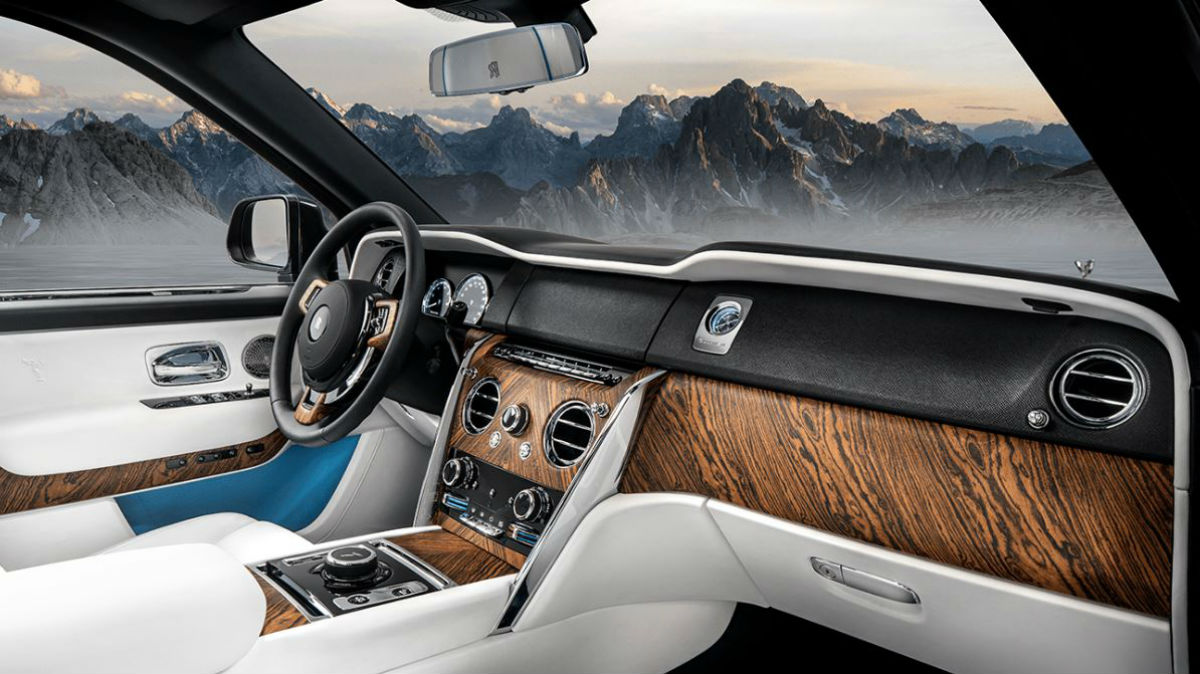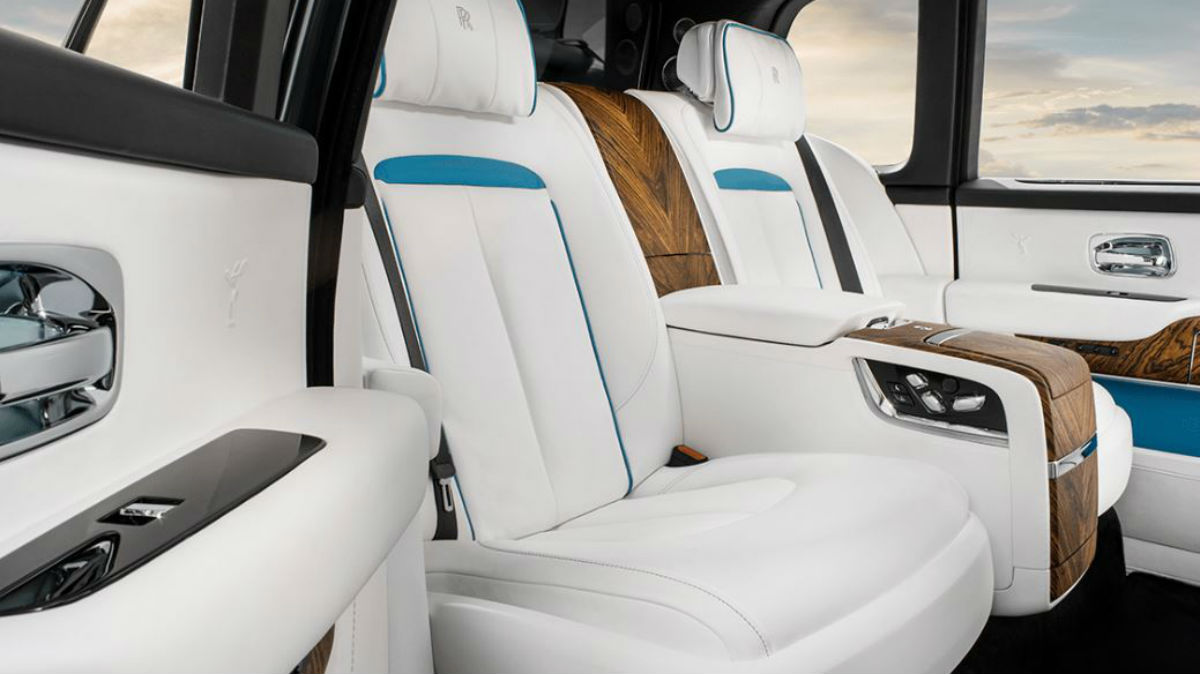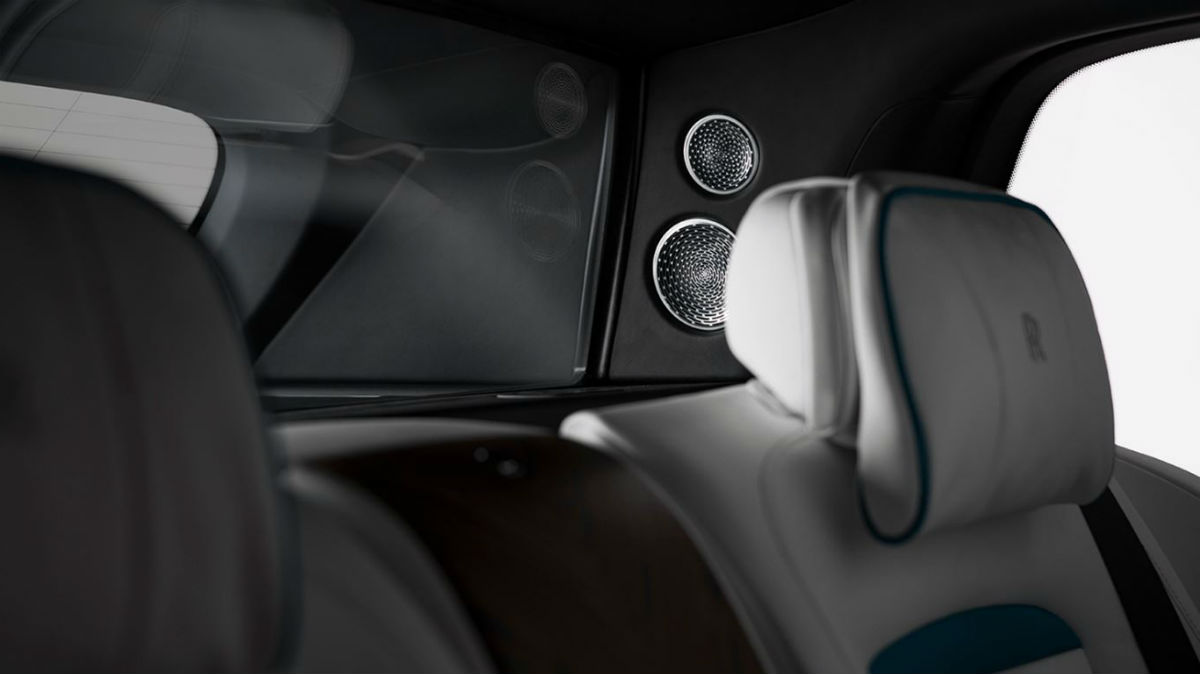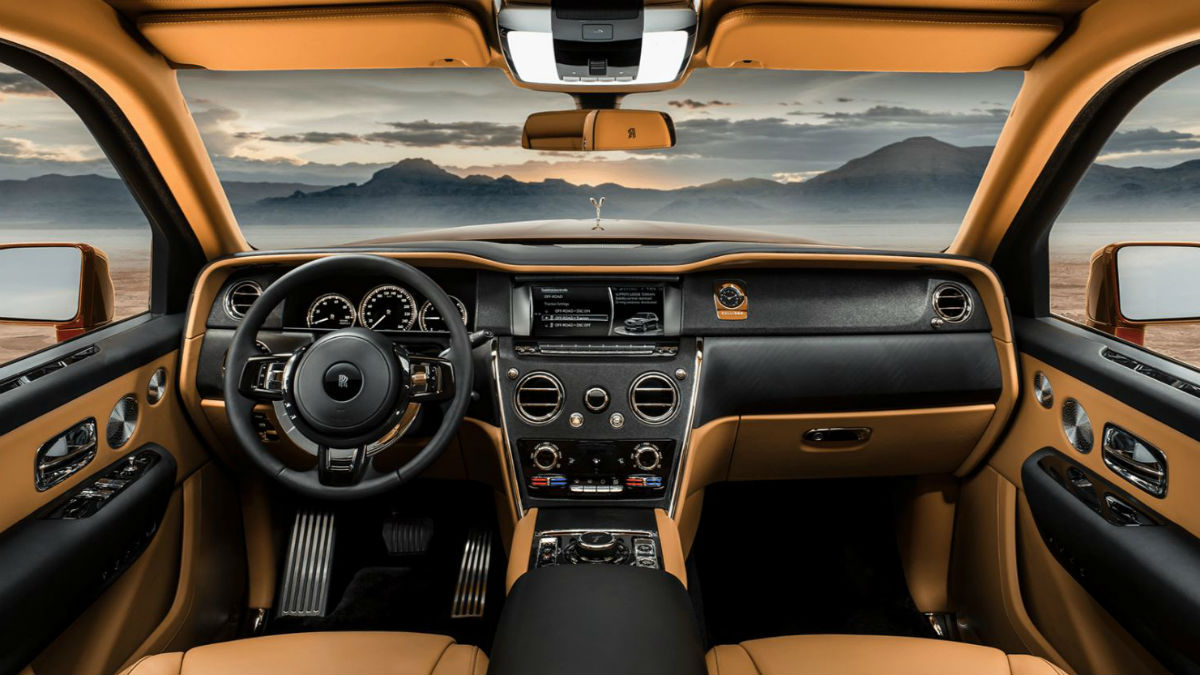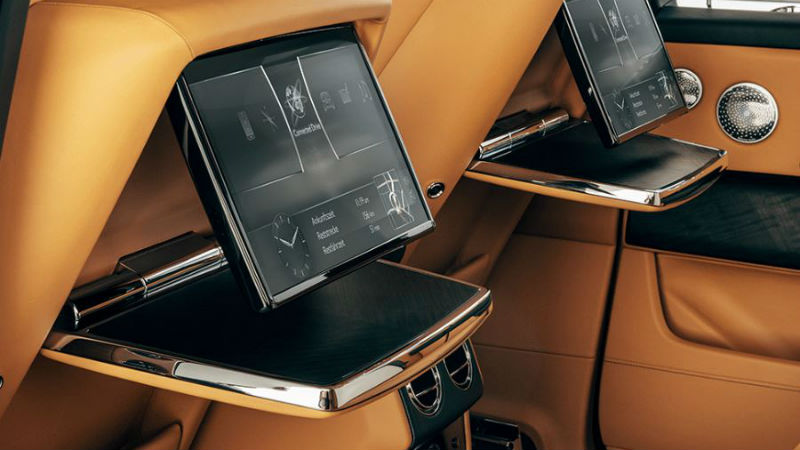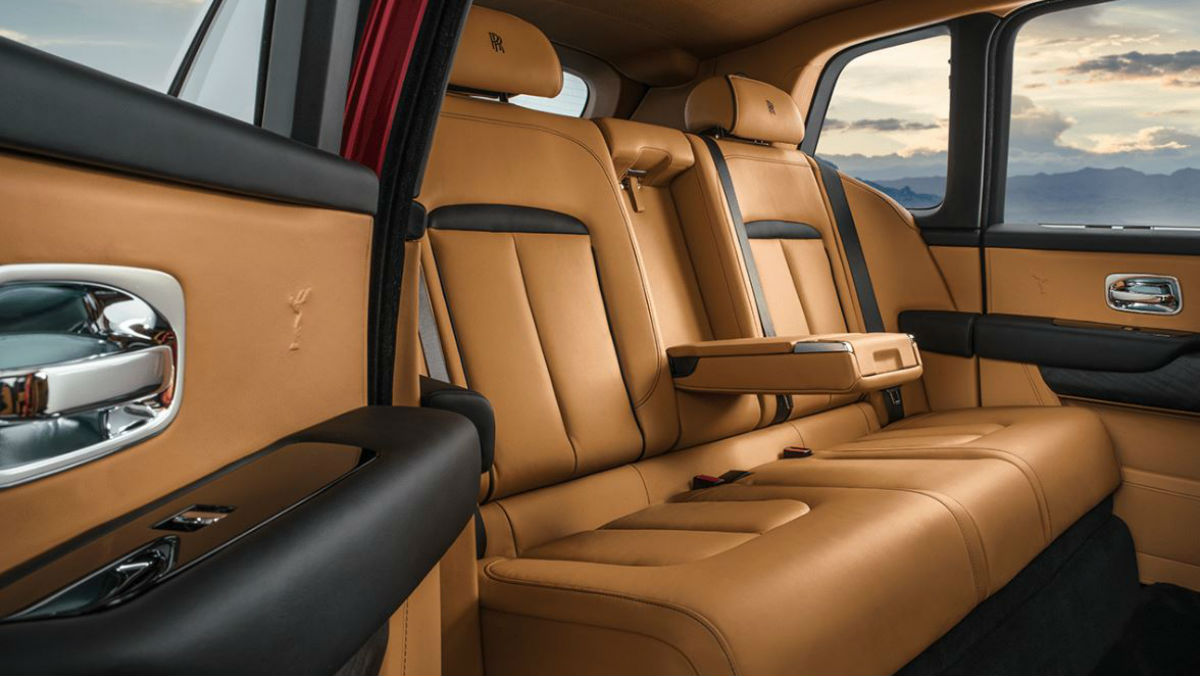It’s been a long time coming, but Rolls-Royce is finally diving into the SUV game. This week, the high-end luxury manufacturer finally revealed all the details of the Cullinan, a full-size SUV poised to take on Bentley’s Bentayga, Land Rover’s Range Rover SVAutobiography, and Lamborghini’s Urus.
Named after the largest diamond known to man (currently residing in the British Crown Jewels), the Rolls-Royce Cullinan is far more than a stilted Phantom. For one, it’s the first three-box SUV on the market, with a defined hood line, roof line, and trunk notch. We’ll reserve our final opinion of its exterior design for an in-person briefing, but the Cullinan is certainly distinctive in the segment.
“Luxury is no longer an urban concept,” says Torsten Müller-Ötvös, CEO of Rolls-Royce Motor Cars. “More and more it is about embracing and experiencing the wider world. Our customers expect to go everywhere in luxury, effortlessly and without compromise, conquering the most challenging terrain to enjoy life’s most enriching experiences, wherever they may be.”
Following in the footsteps of the new Phantom, the Cullinan is the second Rolls-Royce model to ride on the company’s all-new aluminium platform. While it may never see dirt, the Cullinan has been tested in extreme climates and on challenging terrain. The objective is to maintain Rolls-Royce’s renowned “Magic Carpet Ride” (read: plush ride quality) while tackling rough roads. That’s an ambitious goal, especially considering Land Rover’s expertise in this arena.
Powering the bodacious SUV is a 6.75-liter twin-turbocharged V12 producing 563 horsepower and 627 pound-feet of torque. This monstrous powertrain is paired to Rolls-Royce’s newly developed all-wheel drive system with air suspension and four wheel steering.
Inside, passengers are treated to traditional Rolls-Royce niceties like open pore wood trim, crystal champagne flutes, and supremely soft leather chairs with multi-contour adjustments for front and rear riders.
This being an SUV, there is a shade of practicality involved – namely fold-flat rear seats and trunk-mounted jumper seats. Tailgating seems too improper a word for such a vehicle, but that’s precisely what’s on offer.
When the largest, most capable Rolls-Royce hits the market later this year, it will cost a modest $325,000. That is — dare we say — a bargain for the brand.
